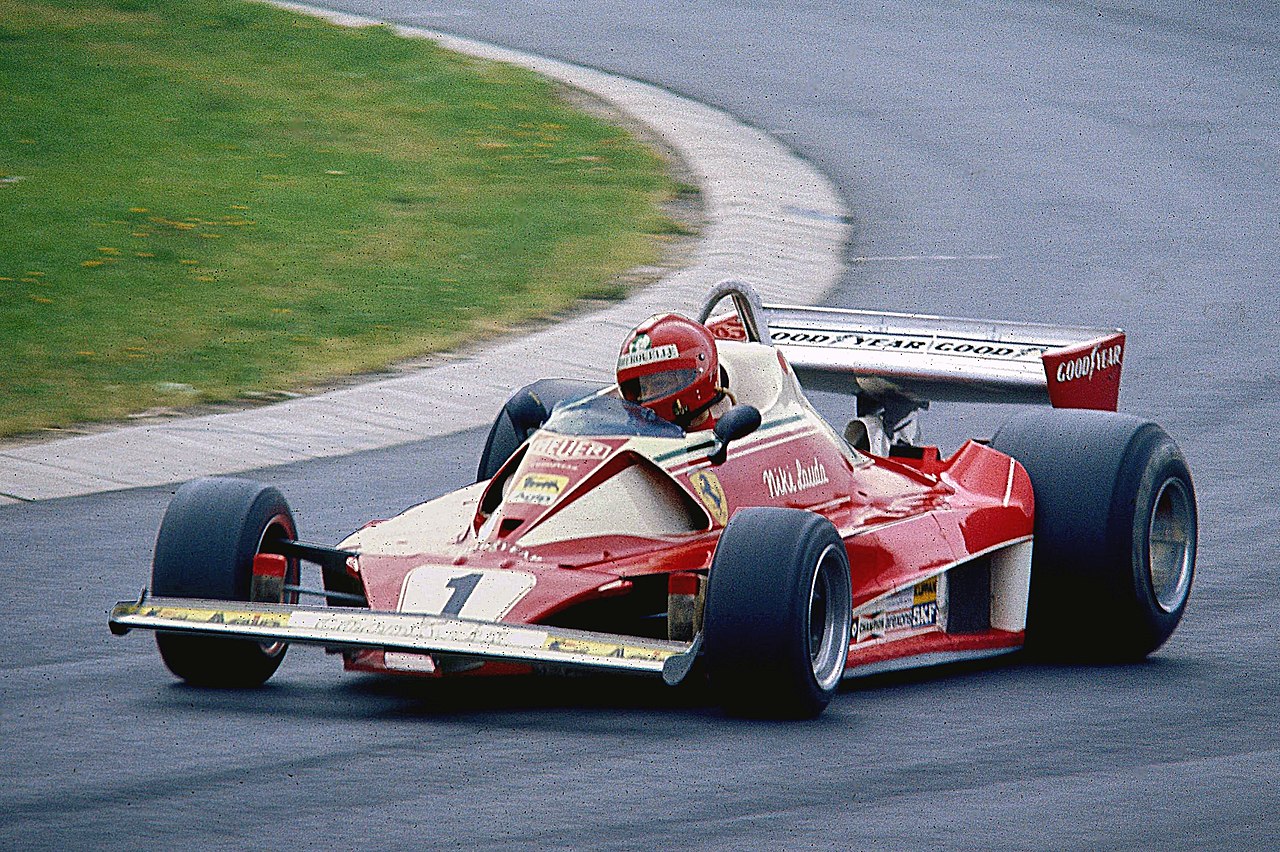Motor Racing History – The Big 12 Cylinders & The Arrival of Sponsorships, Advanced Safety and Aerodynamics
Checkbook Racing
The 1968 season had barely begun before it was rocked to its very foundations by the death of its biggest star, Jimmy Clark, in a minor Formula 2 race (ed. The circumstances surrounding Clark’s death has already been covered in great depth. If the reader wishes additional information, Eric Dymock’s recent book Jim Clark – Tribute to a Champion is an excellent source). Clark had won the season opener over Graham Hill in South Africa. The V8 Ford-Cosworth DFV which had shown so much promise last year would come to dominate Formula 1 for the next 14 years. But the biggest change would come from another source, the tobacco industry. The introduction of tobacco sponsorship would cause ramifications that are still being felt to this day. The insular world of Formula 1 and Grand Prix racing would never be the same.
In 1967 two major oil suppliers, BP and Esso, withdrew from Formula 1 and Firestone, the American tire manufacturer would no longer offer free tires. The small British teams were put under tremendous financial pressure and petitioned the CSI to change their long standing policy restricting advertising on race cars. By the Grand Prix of Monaco, Lotus would no longer be painted green but would now display the colors of Gold Leaf tobacco and would hence forth be known as Gold Leaf Team Lotus. In 1972 Philip Morris joined the fray with its Marlboro brand and in the years that followed Gitanes (SEITA), Camel, Rothmans, Mild Seven, Benson & Hedges, West and Lucky Strike all became major players. Formula 1 is one area where the tobacco companies have been able to gain huge exposure and as a result they have been willing to pay a lot more than other sponsors for space on Formula 1 cars. The influence of this new “foreign” money would in due time alter the balance of power and spell the end of privateers. A new type of driver, with their own private financing, would be able to make the jump to the pinnacle of motorsport. On some teams the second seat would become just another “revenue stream”. Louis Stanley would later remark that one of his biggest regrets was introducing Marlboro to Formula 1.
No Subscription? You’re missing out
Get immediate ad-free access to all our premium content.
Get Started



